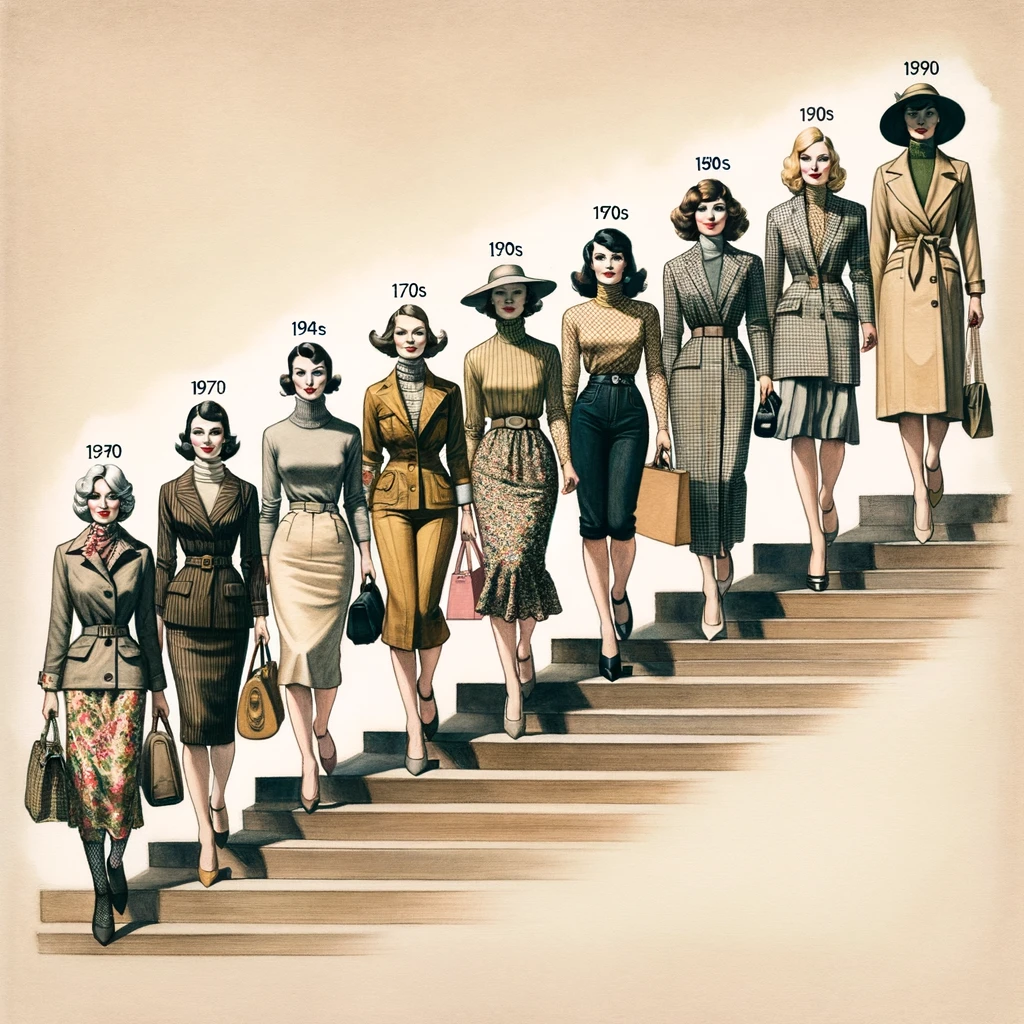
The concept of a wardrobe capsule is not a new one, but it has gained significant popularity in recent years as a response to the overwhelming nature of fast fashion and the growing desire for sustainability in our daily lives. Renata Rimke, fashion designer in London says, that the idea behind a capsule wardrobe is beautifully simple: a collection of essential, timeless pieces that can be mixed and matched, allowing for a variety of outfits from a minimal number of items. Let’s take a stroll down the sartorial memory lane to understand the origins and evolution of the wardrobe capsule.
The Early Beginnings
The roots of the capsule wardrobe can be traced back to the 1940s and 1950s. Post-World War II, there was a shift towards simplicity and minimalism in fashion, partly due to the economic necessity. People focused on versatile clothing that could be worn in multiple settings – a response to the limited resources available.
The Term Emerges: 1970s
The actual term “capsule wardrobe” was coined by London boutique owner Susie Faux in the 1970s. Faux, observing the tendency of women to buy many clothes but wear only a few, proposed a wardrobe composed of a few essential, high-quality items that could be supplemented with seasonal pieces. Her approach emphasized durability, versatility, and personal style over trends and mass consumerism.
Donna Karan’s Influence: 1980s
In the 1980s, renowned fashion designer Donna Karan took the concept to new heights with her “Seven Easy Pieces” collection. This iconic line, launched in 1985, featured seven interchangeable workwear pieces designed to create a full wardrobe. Karan’s vision was to simplify women’s lives by creating a collection that could be mixed and matched to suit various occasions – a philosophy that resonated deeply with the professional woman.
The Capsule Wardrobe in the 21st Century
Today, the capsule wardrobe concept aligns perfectly with the growing awareness around sustainable fashion and conscious consumerism. The modern interpretation often focuses on eco-friendly, ethical fashion choices, reducing waste, and curating a personal style that transcends seasonal trends.
The Digital Era and Minimalism
The rise of fashion bloggers and social media influencers in the 2000s and 2010s has further popularized the concept. Digital platforms have been instrumental in sharing ideas on how to create and maintain a capsule wardrobe, reaching a global audience and inspiring a shift towards minimalism and thoughtful consumption.
The Future of Capsule Wardrobes
Looking forward, the capsule wardrobe continues to evolve. The growing concern over the environmental impact of fast fashion is likely to further fuel interest in minimalism and sustainable clothing choices. In this era of personalization, technology might play a crucial role in helping individuals design their perfect capsule wardrobe that aligns with their lifestyle, preferences, and values.
Conclusion
The capsule wardrobe, from its early beginnings to its modern-day interpretation, reflects a journey towards mindful fashion. It is more than just a trend; it’s a lifestyle choice that encourages us to rethink our relationship with our clothes and to find joy and simplicity in a well-curated wardrobe. As we move forward, the essence of the capsule wardrobe – sustainability, quality, and timelessness – is likely to become increasingly relevant in our quest for a more conscious and intentional way of living.
